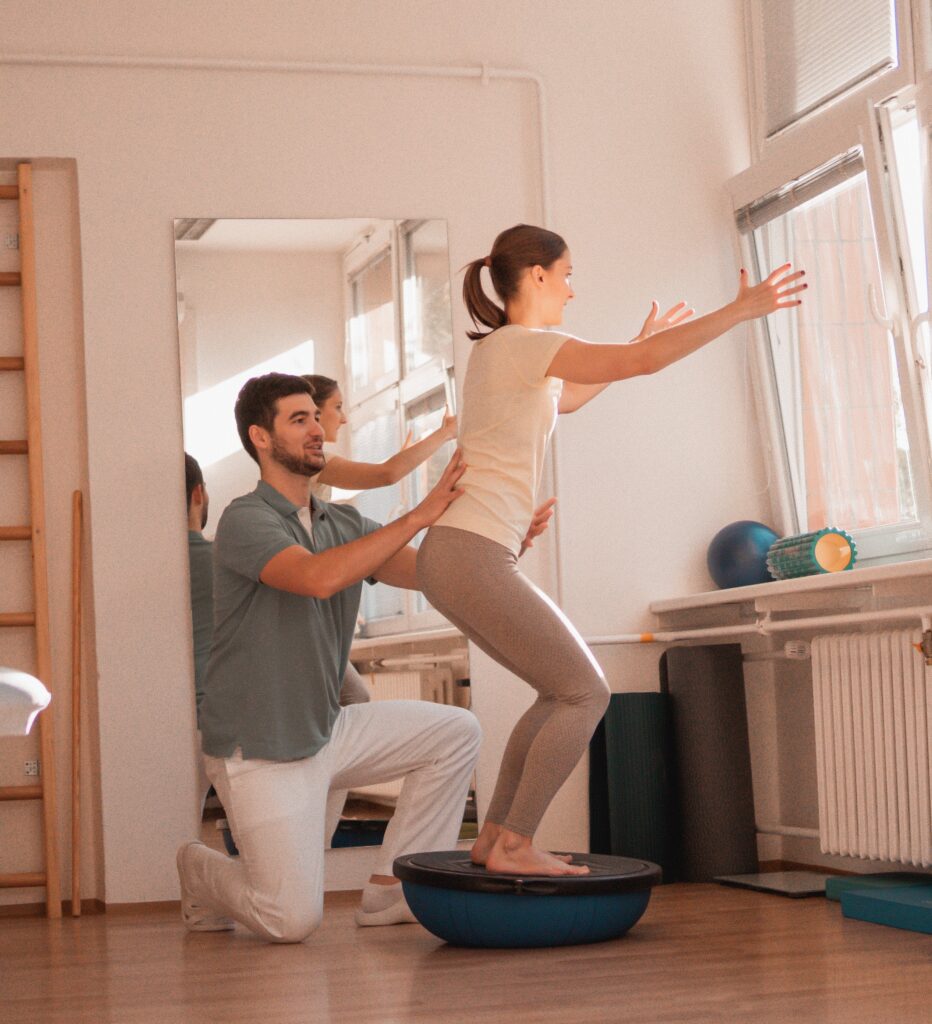Sports Physiotherapy

My Journey to Sports Physiotherapy
I have been involved in sports physiotherapy since my high school years, when I encountered various injuries during competitive athletics. Exploring my own difficulties as well as the problems of other athletes led me to study physiotherapy.
Even during my studies at the Faculty of Physical Culture at Palacký University, I had the opportunity to work with athletes from various fields. I further deepened my experience at SurGal clinic s.r.o., where the rehabilitation of athletes takes place from early post-operative care all the way to return to training.
Thanks to my own experience in the sports environment, I am able to understand athletes and communicate well with them. Currently, I am interested in a number of sports, including their downsides, which are most often various injuries. In my practice, I work with both professional and amateur athletes.
How Can I Help Athletes?
Acute Problems
- post-injury conditions – conditions after fractures, sprains, joint dislocations
- post-surgical conditions – conditions after fractures, joint arthroscopy (ACL reconstruction)
- acute muscle and joint pain
Chronic Problems
- insertional pain – tennis and golfer’s elbow, jumper’s knee…
- chronic muscle and joint pain from suboptimal loading
Prevention
- compensatory exercises
- correction of sports movement patterns
- reducing the risk of injury
What is Important to Me When Treating Athletes?
1) Understanding the sport
What is the main goal, what demanding situations arise in the sport, rules, duration, etc.
2) Biomechanics of movement
How the athlete performs specialized, automated movements
3) Training methods
Types, intensity, frequency
4) Recovery
Frequency, type, effect
5) Compensation
Supplementary sporting activities
6) Seasonal goals
When is the peak of the season, what are the expectations
What Approaches Do I Use in Therapy?
In sports physiotherapy, I base my practice on the fundamentals of DNS and PNF methods, whose specifics are described here. I also use:
- kinesiotaping
- balance exercises on unstable surfaces (balance pads, gym balls, AIREX, etc.) see image
- stretching – both static and dynamic
- plyometric exercises
- relaxation (especially Jacobson’s progressive relaxation)